Comrade Dang Kim Cuong, Director of the Department of Agriculture and Environment, said: With the efforts of the entire political system, the support of people and businesses; especially, closely following Resolution No. 06-NQ/TU, the province has issued, promptly amended and supplemented support policies for the Project to promote the development of CNC agriculture in the period of 2021-2030, helping economic entities to soon access support capital sources, gradually bringing the province's agricultural production to be synchronous, achieving productivity, quality, economic value, environmental friendliness and effective adaptation to climate change. After 5 years of implementing Resolution No. 06-NQ/TU, 15/15 targets have been achieved and exceeded. Of which, the production scale is estimated at 1,355 hectares (the Resolution sets 1,000 hectares); The value of CNC agricultural production is estimated at 990 million VND/ha of cultivated land, of which CNC melon and grape alone are more than 1.2 billion VND/ha/year (the Resolution sets 700 million VND/ha/year); 4 enterprises are recognized as CNC (the Resolution sets 2-3 enterprises); attracting 40 investment enterprises (the Resolution sets 30 enterprises); the value of CNC agricultural production in the period of 2021-2025 increases by an average of 30.1%/year (target of 30-40%); the contribution of agriculture to the production value of the industry reaches 18%, an increase of 12% compared to 2020.
Notably, in cultivation, 74 product value chain links have been built with an area of over 15,400 hectares on a large-scale field. Of which, 45 growing areas have been granted growing area codes with a scale of 361,128 hectares; converting inefficient rice land to specific crops with high economic efficiency reached 2,921 hectares, exceeding 45.8% of the resolution target; most of the growing chains have applied the process of "1 must, 5 reductions" and some new sciences and technologies (advanced irrigation, greenhouses, ...), so productivity and quality have been improved and brought about an average economic efficiency 4 times higher than wet rice production, reducing irrigation water by more than 70% compared to before the conversion. What is more important is that people's awareness has clearly and positively changed in organizing production to adapt to climate change; thereby contributing to creating an average production value per hectare of cultivated land of 155 million VND/ha/year, an increase of 34 million VND/ha/year compared to 2020, the production value of the crop industry in the period 2021-2025 increased by an average of 4.76%/year.
Small-scale livestock farming has been gradually reorganized in a professional, controlled manner, ensuring biosafety and sustainability; strengthening the management of livestock breeds, applying science and technology in improving livestock breeds by artificial insemination, using hormones to induce mass estrus and sterilizing small-sized, low-yielding livestock (maintaining the crossbreeding rate of goats and sheep at 90% and increasing the crossbreeding rate of cows to 51%); increasing the proportion of medium and large-scale farm farming (105 farms applying advanced technology, CNC), creating a large volume of commodity products, high productivity, quality and competitiveness. Thereby, 6 livestock value chain links have been built, including 1 goat and sheep value chain aiming for export to the Halal market; The production value of the livestock industry in the period 2021-2025 increased by an average of 8.06%/year, high and quite stable, gradually becoming the main production sector in agriculture.
For aquaculture, the industry has reorganized production towards developing marine farming, prioritizing deep water areas, applying CNC equipped with temperature and salinity sensors and automatic feeding machines. At the same time, the traditional farming object of shrimp is gradually reduced to switch to specialties with high economic efficiency such as snails, sea fish, lobsters, etc. According to statistics, there are currently 17 indoor snail farming facilities with a scale of 92.6 hectares and an average yield of 18 tons/ha; 5 industrial shrimp farming facilities in 2 stages in HDPE round tanks with roofs with a scale of 8 hectares and an average yield of more than 28 tons/ha; 4 HDPE round cages for raising sea fish of 2,000m3 and are implementing the largest scale squid farming model in HDPE cages in Southeast Asia. Although the production scale has decreased sharply compared to the previous period, thanks to the application of science and technology, the value of aquaculture production in the period 2021-2025 still increased by an average of 6.14%/year.
Currently, the province has 27 enterprises producing shrimp seeds applying CNC; 100% of shrimp seed production facilities are certified to meet the conditions for producing and raising aquatic seeds; 100% of facilities are monitored for disease safety, of which 12 facilities are certified for disease safety (exempted from monitoring, only post-inspection once a year). Most members of the Ninh Thuan Aquatic Seed Association use the certification mark "Ninh Thuan Shrimp Seed" on their labels to trace their origin, promote their brand and affirm their reputation in the market. Promotion and supply-demand connection with key markets have boosted the production and consumption of shrimp larvae, with an estimated output of 45 billion postlarvae by the end of 2025, exceeding the resolution target by 4 billion, proactively providing part of the parent shrimp source (5,500 pairs of whiteleg shrimp corresponding to 15% and 4,000 pairs of black tiger shrimp corresponding to 20%) in seed production according to market requirements; production value in the period 2021-2025 increased by an average of 4.83%/year.
Comrade Dang Kim Cuong added: Based on the achieved results, in the period of 2025-2030, the agricultural sector will strengthen information and propaganda work to raise farmers' awareness of developing CNC-applied agriculture. Mobilize priority investment resources to gradually complete the infrastructure of concentrated production areas, forming raw material areas for processing agricultural and aquatic products for export. In particular, applying CNC in production aims to ensure the growth of the agricultural sector, completing the task of restructuring the agricultural economy to effectively adapt to climate change and the market.
Xuan Nguyen
Source: https://baoninhthuan.com.vn/news/152579p25c151/nong-nghiep-cong-nghe-cao-ve-dich-som.htm


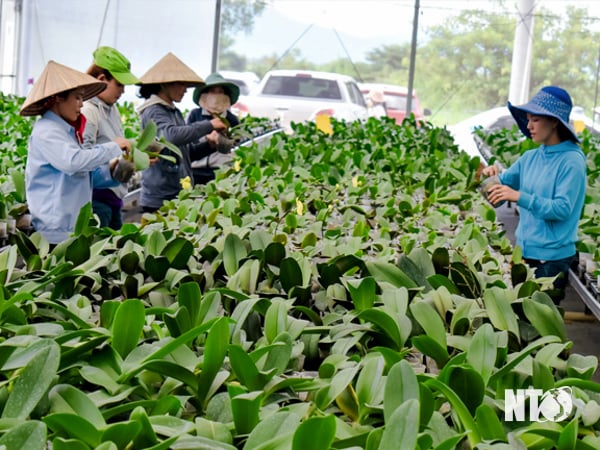
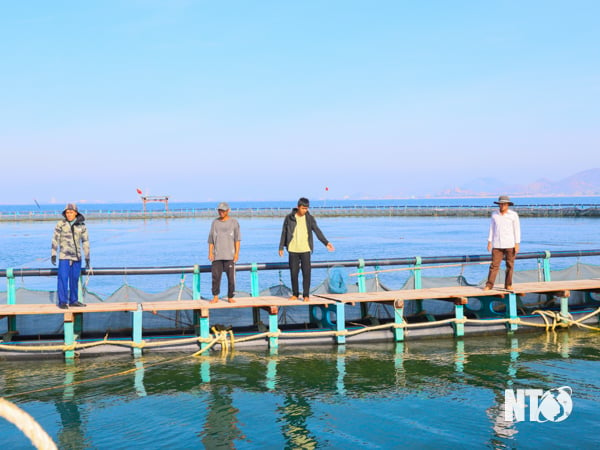
![[Photo] National Assembly Chairman Tran Thanh Man meets with outstanding workers in the oil and gas industry](https://vstatic.vietnam.vn/vietnam/resource/IMAGE/2025/4/17/1d0de4026b75434ab34279624db7ee4a)
![[Photo] Promoting friendship, solidarity and cooperation between the armies and people of the two countries](https://vstatic.vietnam.vn/vietnam/resource/IMAGE/2025/4/17/0c4d087864f14092aed77252590b6bae)
![[Photo] The beauty of Ho Chi Minh City - a modern "super city" after 50 years of liberation](https://vstatic.vietnam.vn/vietnam/resource/IMAGE/2025/4/18/81f27acd8889496990ec53efad1c5399)

![[Photo] Nhan Dan Newspaper announces the project "Love Vietnam so much"](https://vstatic.vietnam.vn/vietnam/resource/IMAGE/2025/4/17/362f882012d3432783fc92fab1b3e980)
![[Photo] Closing of the 4th Summit of the Partnership for Green Growth and the Global Goals](https://vstatic.vietnam.vn/vietnam/resource/IMAGE/2025/4/17/c0a0df9852c84e58be0a8b939189c85a)
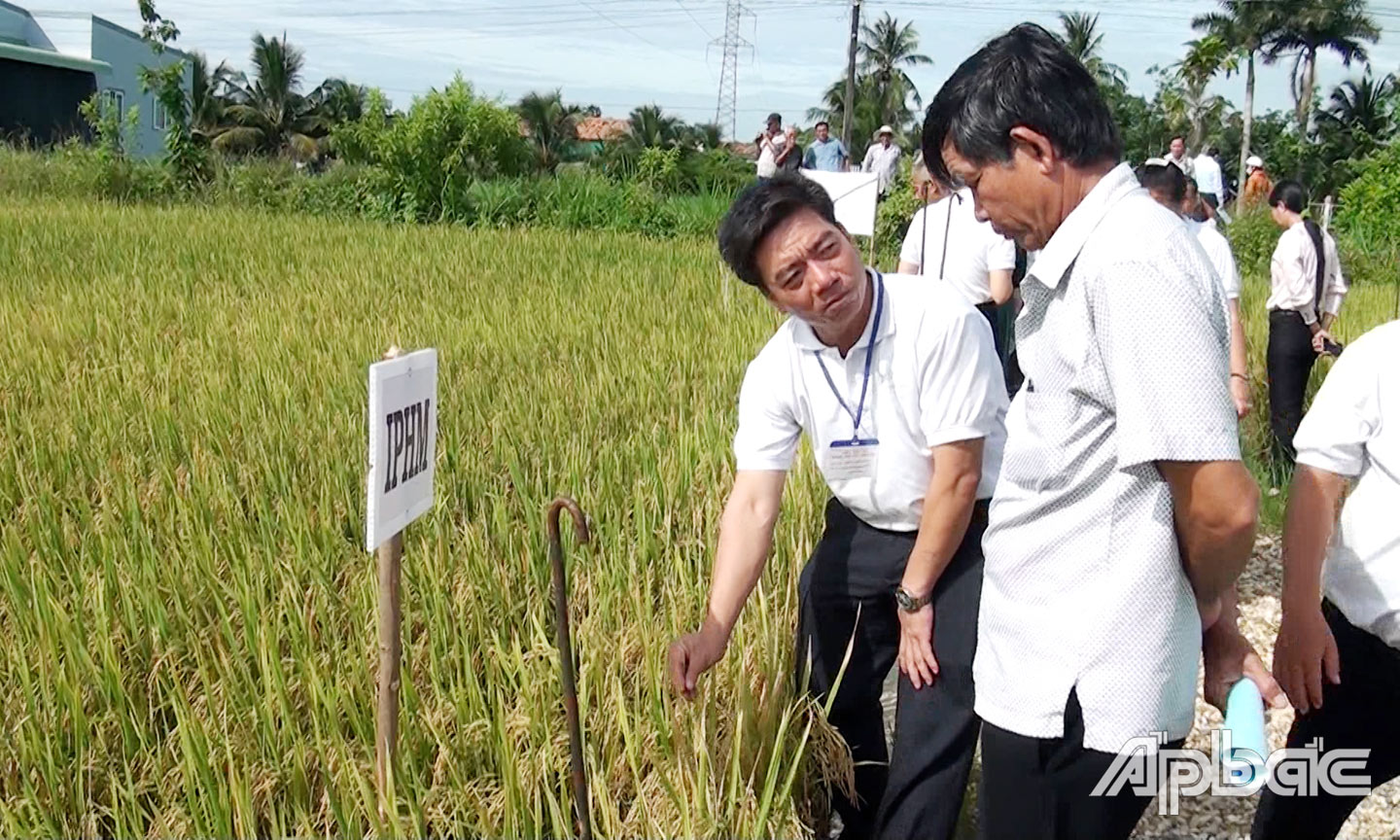

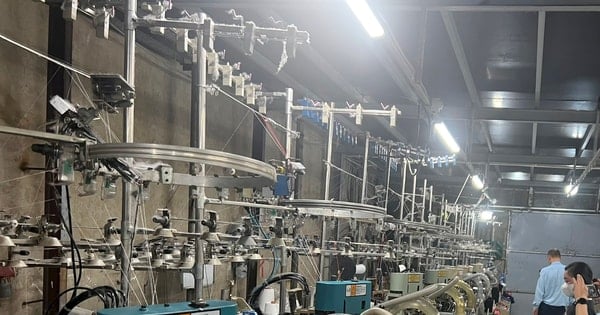
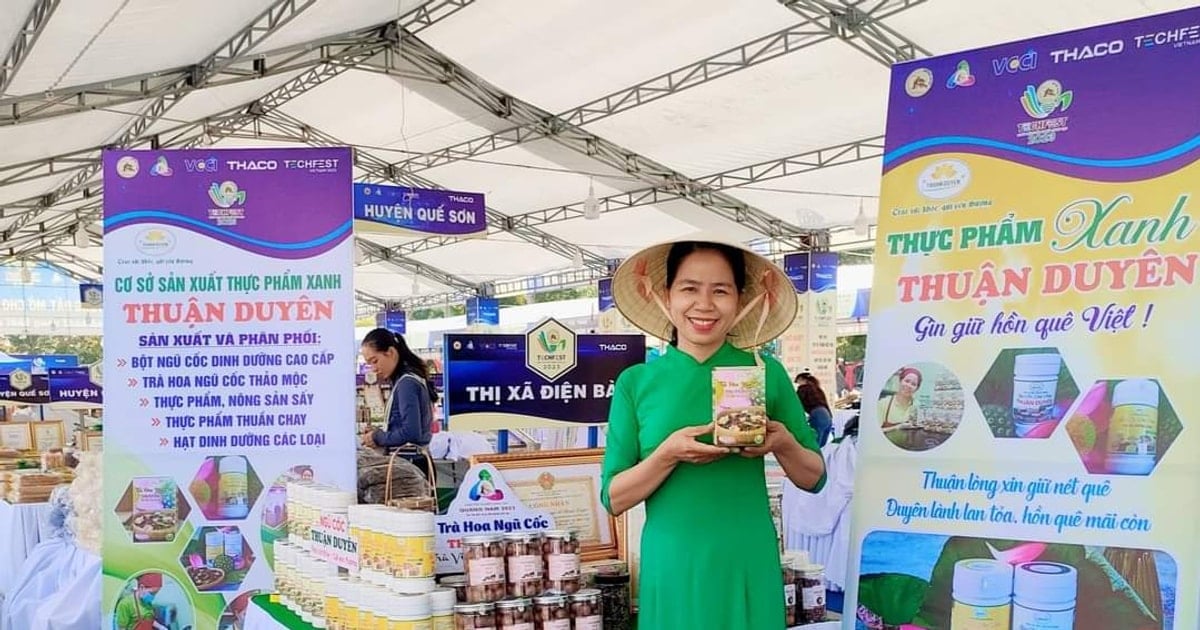
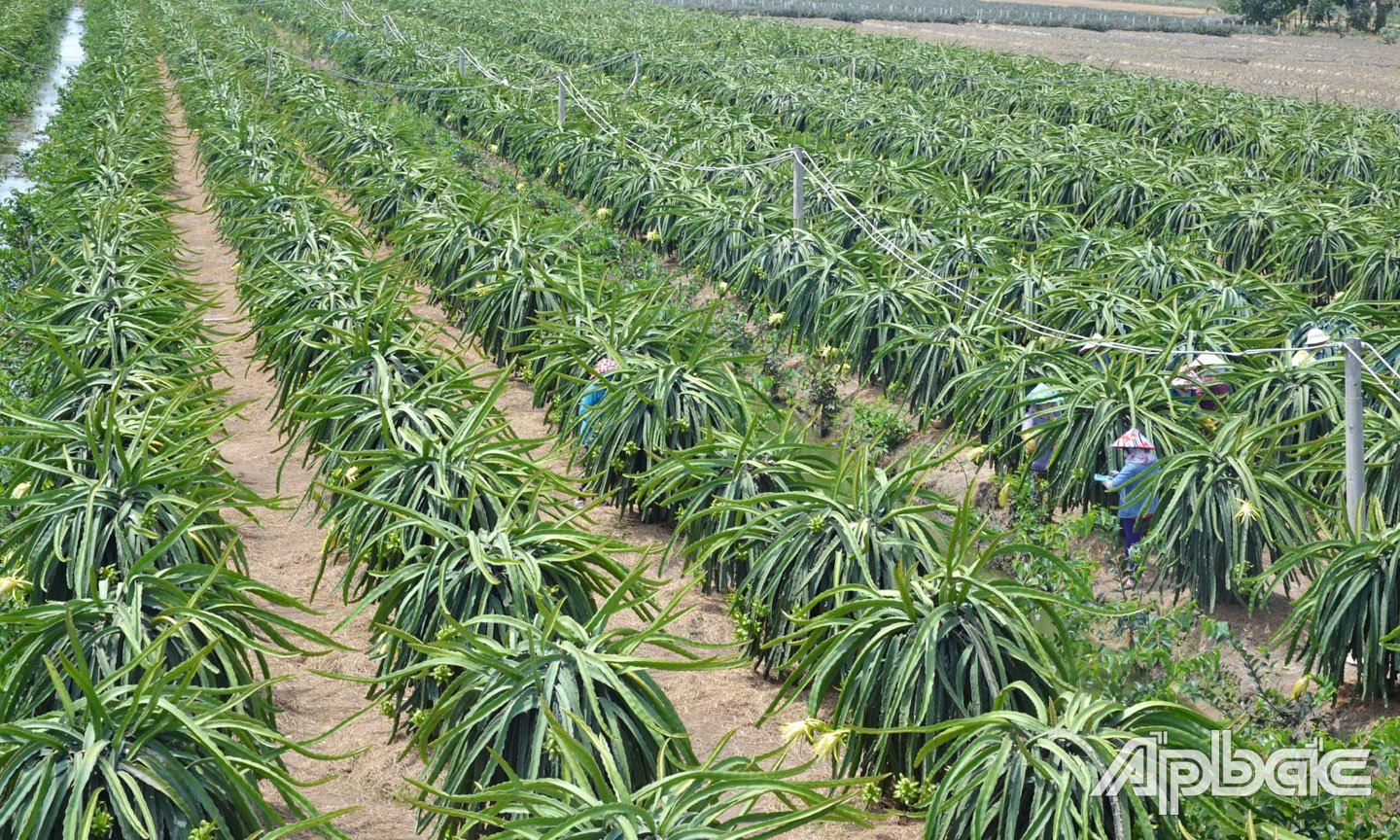
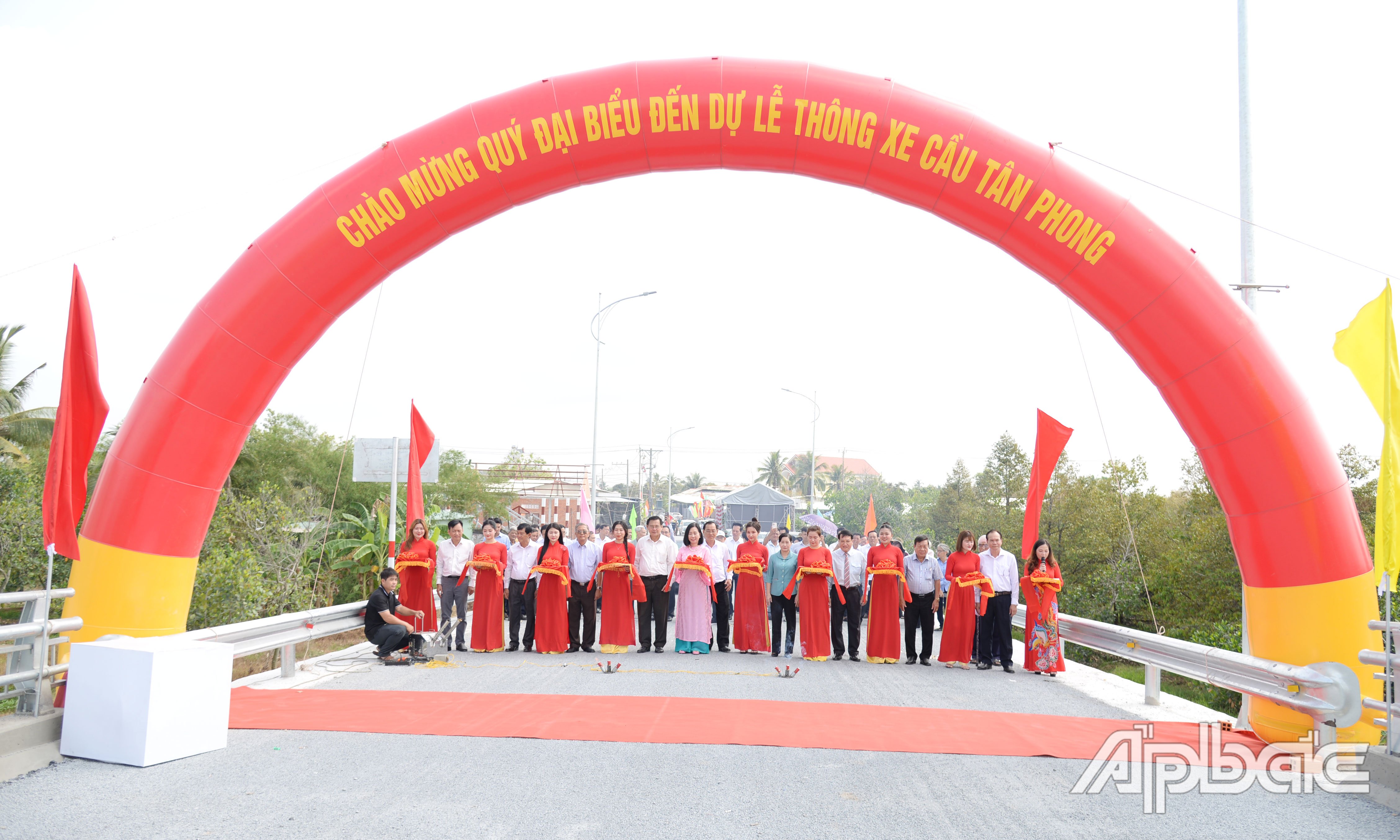




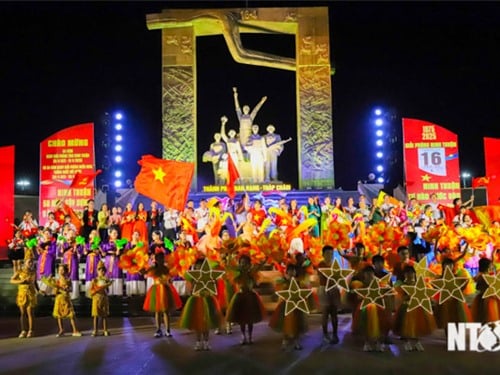
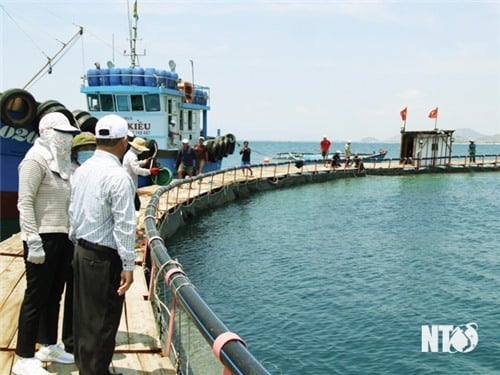

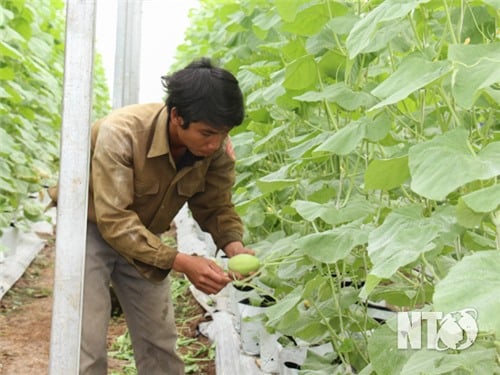
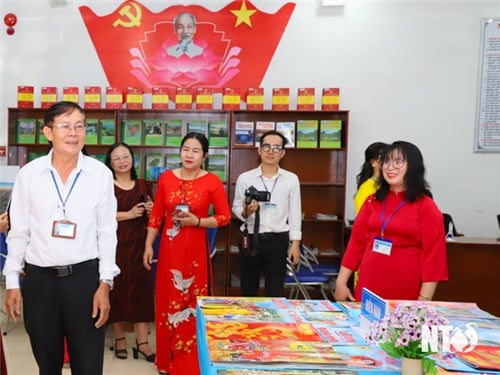
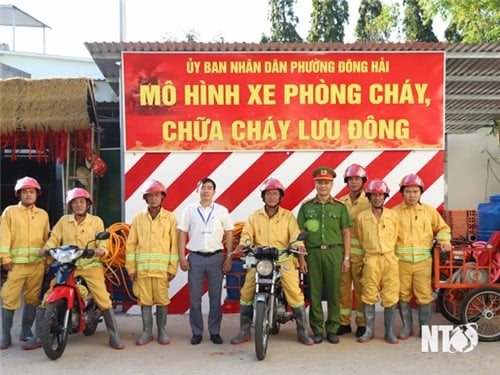
![[Photo] General Secretary To Lam receives French Ambassador to Vietnam Olivier Brochet](https://vstatic.vietnam.vn/vietnam/resource/IMAGE/2025/4/17/49224f0f12e84b66a73b17eb251f7278)




























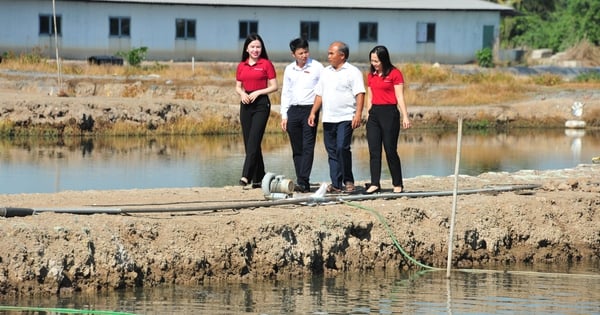



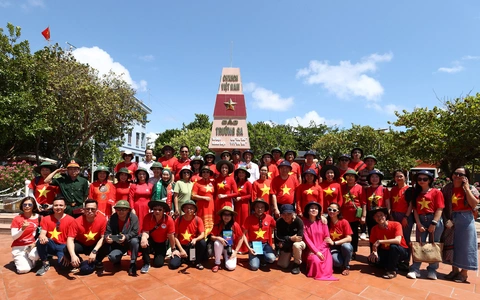

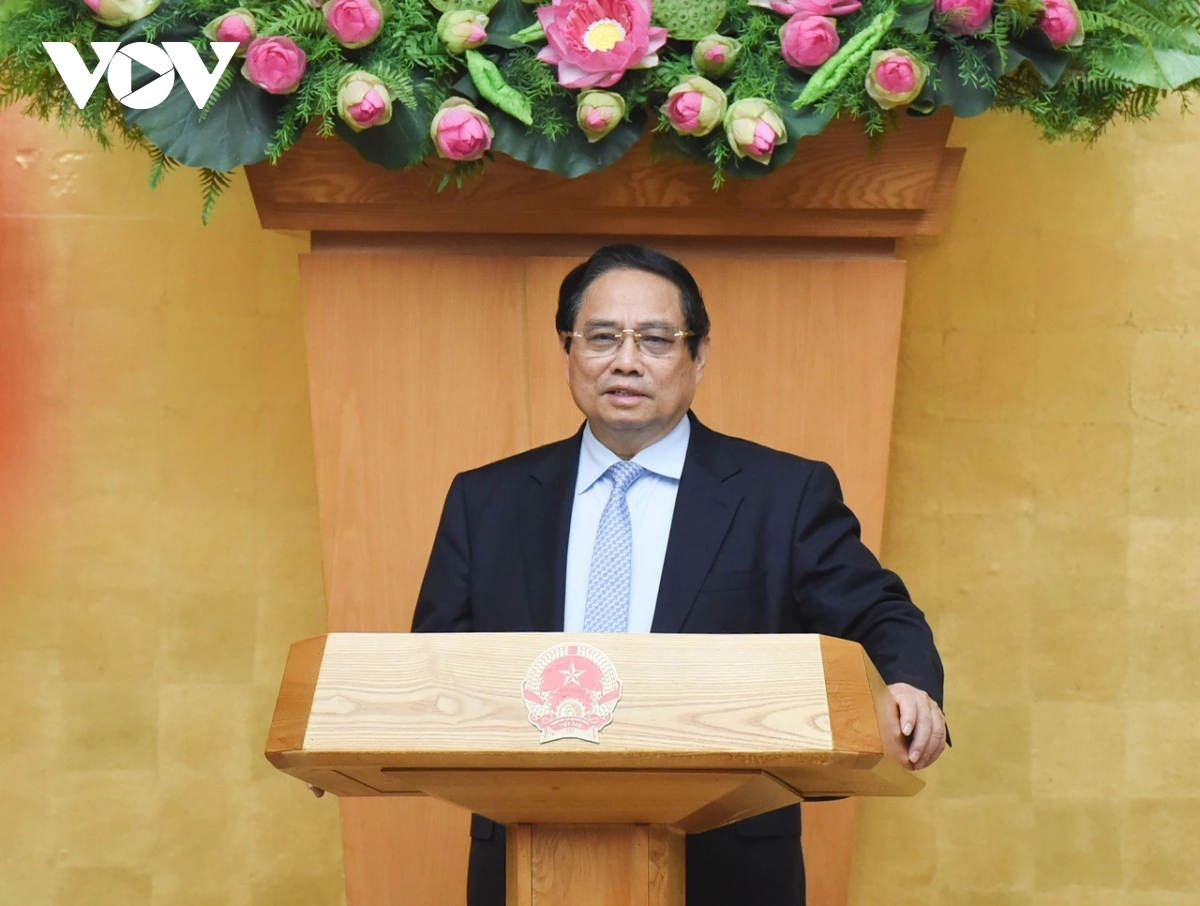






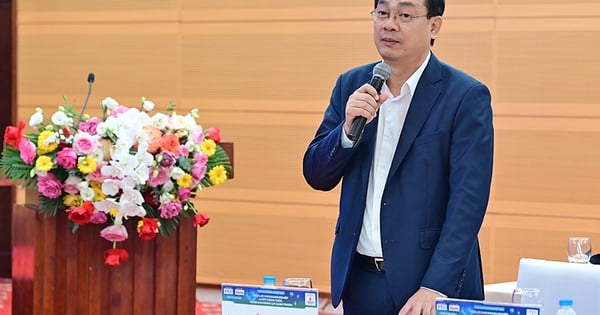


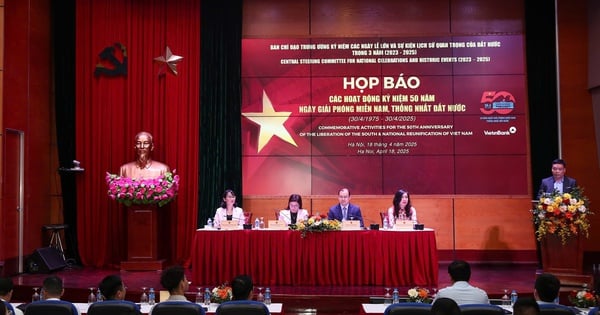




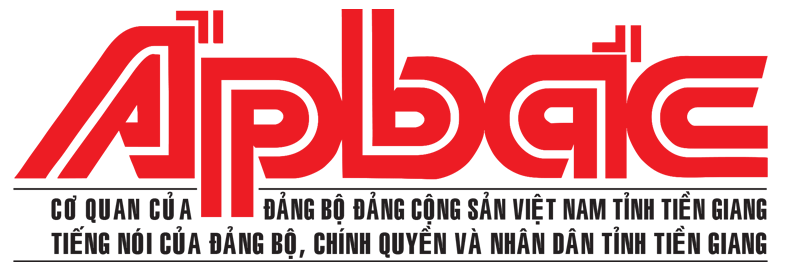
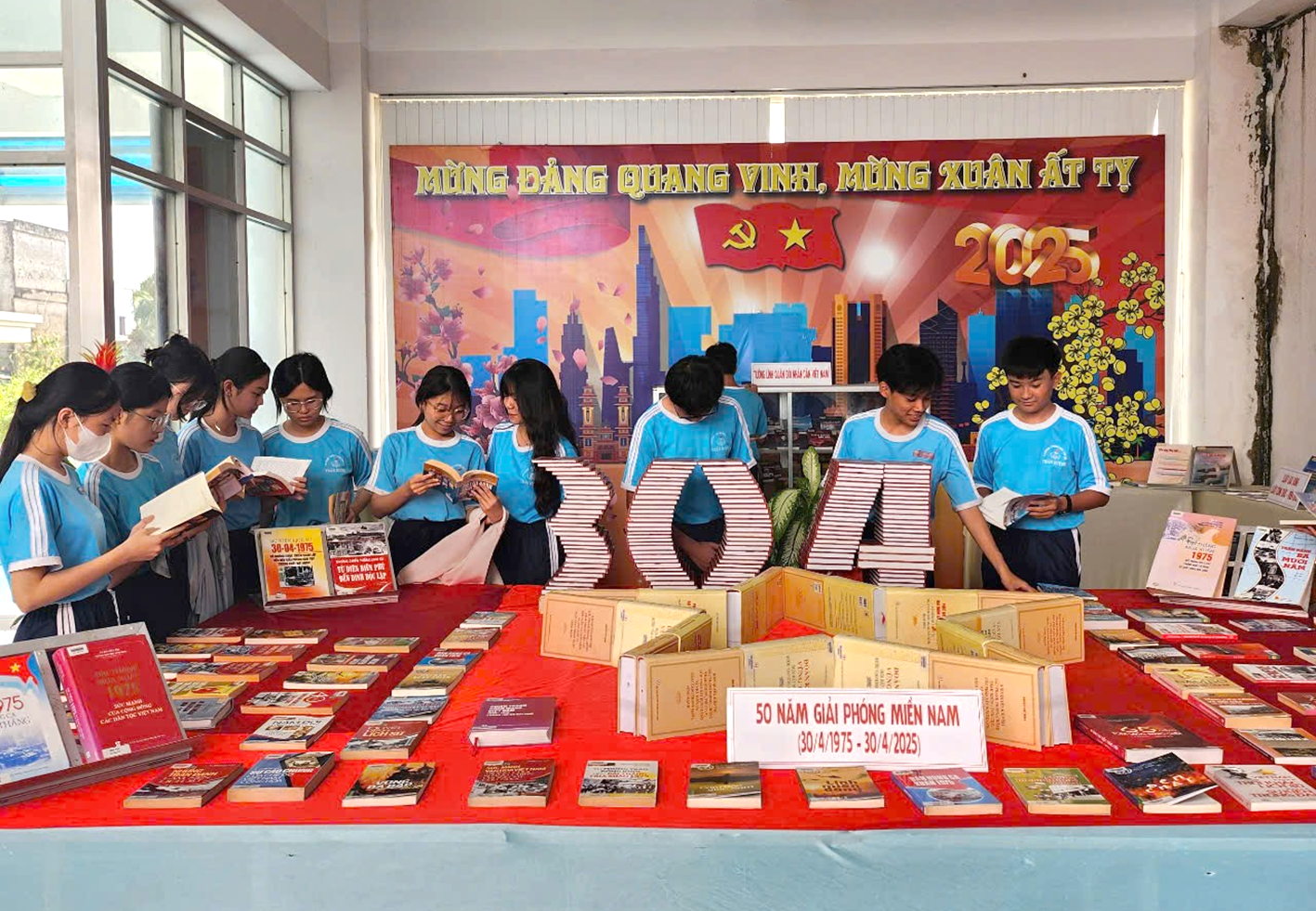










Comment (0)